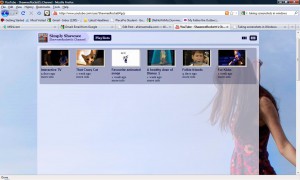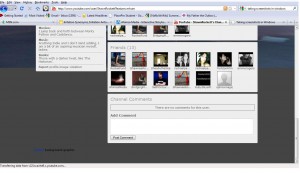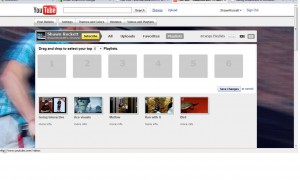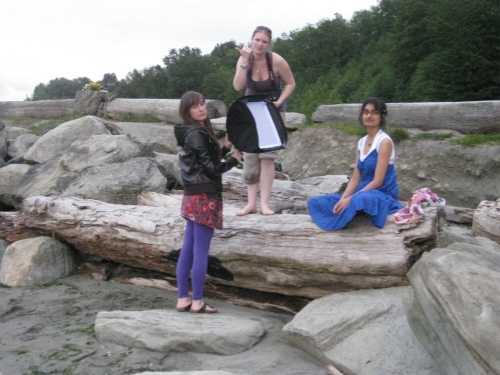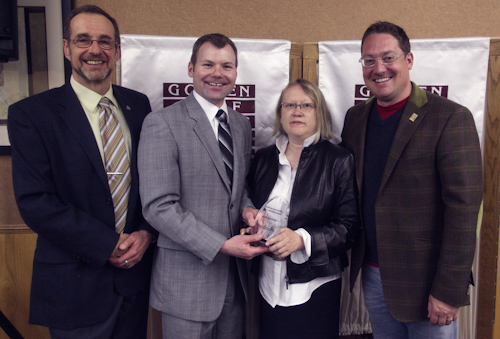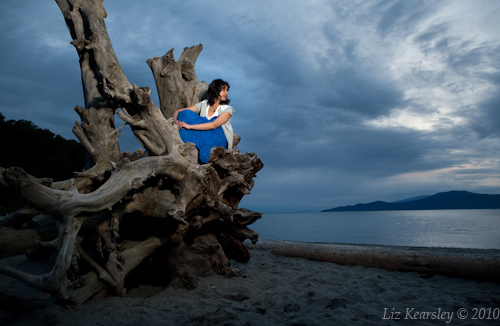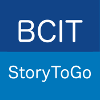Love any excuse to sing the praises of our team and I am most pleased that Liz Kearsley just gave us such an excuse.
Liz has been selected to be one of Canada’s first Mob!lers! Samsung Canada picked her and 29 other 20-somethings living in Canada to take part in a competition with their new Android Galaxy S Vibrant Smartphones. Liz and her Team Vansung will duel it out against five other teams in Montreal, Toronto and Vancouver for cash and prizes, including a trip to Korea, in 4 challenges designed to experiment with transmedia with their Galaxy Smartphones.
Before the fun started, Samsung set the guys a mini challenge in Toronto which Liz’s Team Vansung won.
Mohammed Hassan-Ali
Here are Liz and her teammates:
Mohammed Hassan-Ali – @skysurfer64
Desired Superpower: To change the weather, so everyday he can avoid ever getting caught in those Vancouver downpours.
In Real Life: Grad Student studying Biomedical Physiology and Kinesiology
Gyslain Lalonde
Gyslain Lalonde
Desired Superpower: Batman Wannabe
In Real Life: Server and reality TV talent
Chris McGuire
Chris McGuire @chrisonhismac
Desired Superpower: To be untouchable, yet imperceptible.
In Real Life: Web & Mobile Developer
Peter Verge
Peter Verge @peterverge
Desired Superpower: Snooping on Other’s Text Messages (a fly on the cell, if you will)
In Real Life: All Round Personality, MC and Broadcast Journalist in the making
Liz Kearsley
Liz Kearsley @LizKearsley
Desired Superpower: Information Osmosis (not surprising, as we see her similarities with an amoeba)
In Real Life: PhotoJournalist
Please help us to cheer them on in their last 4 competitions by keeping an eye on the Samsung Mobile Canada facebook page. Go Vansung Go!


